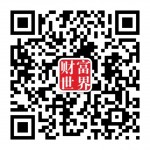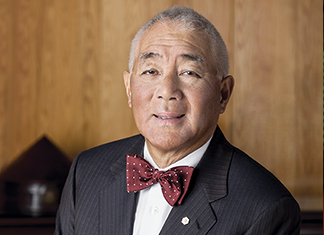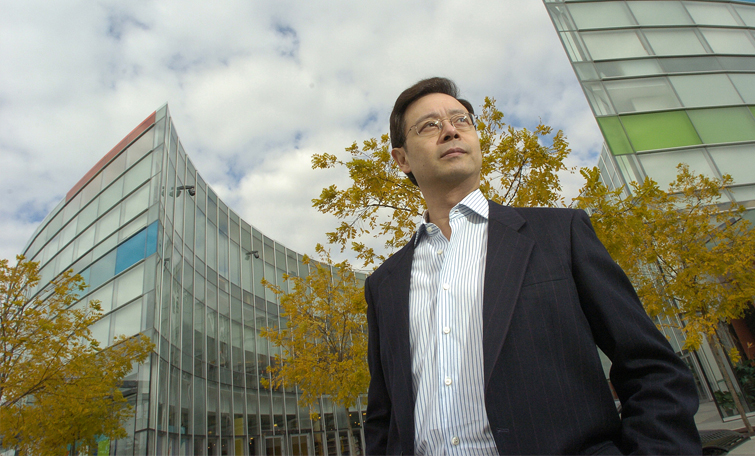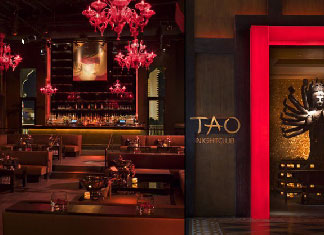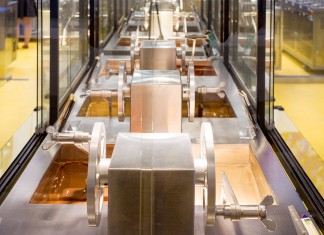The New City Gates:How Airports Help Drive the Modern Economy
Airports are the new train stations of the post-industrial age. If we look back 40-plus years ago, most airports were almost strictly utilitarian. That has changed, radically one might say, in recent decades.
Design, amenities, accessibility and connectivity are now high priorities in modern airport design.
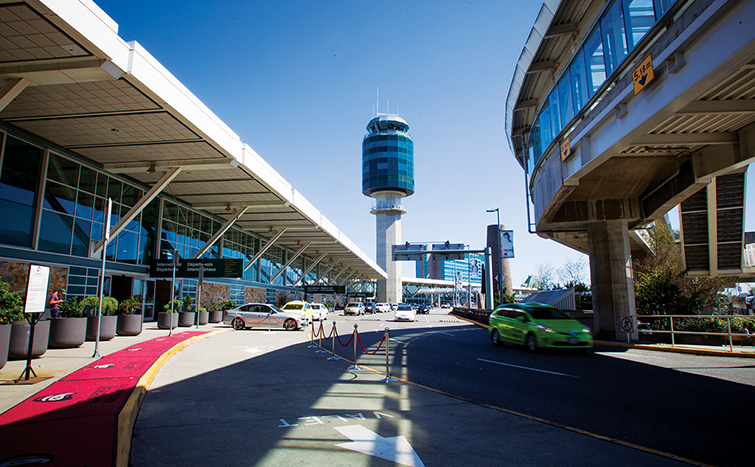
Just as cities across Europe and North America built great cathedral-like railway stations in the late 19th century, inviting business and capital as well as travellers, in the 21st century the airport serves that function.
“A city’s airport is its first and last impression,” said Anne Murray, vice president, marketing and communications at Vancouver Airport Authority.
Murray explained that business travellers today expect a certain level of amenities, and that the Vancouver Airport Authority sees their operation as a big catalyst for business.
Just as London built Victoria station as not just a transportation hub, but a symbol of economic and imperial dominance, modern airport design, this can be a symbol of a welcoming and open business environment. But 21st-century thinking also tends not to be quite as bombastic as the Victorians.
Vancouver International Airport (YVR) has been awarded the Best Airport in North America for the past eight consecutive years by international air transport rating organization SkyTrax. Part of this is because of YVR’s design.
“YVR is beautiful airport, and it has a great sense of place to it,” Murray said. “YVR tells you you’re in Canada. And it is very welcoming to travellers, whether it is their destination or if they’re connecting to another flight, through travellers at YVR have an easy time finding their connecting flights. For the business traveller it’s a great experience coming through YVR.”
“We have common-use lounges for the first class and business class traveller whose airline may not have their own lounge at YVR,” she added.
“Also the shopping is fantastic, and the duty-free products are very well regarded,” Murray continued. “And for business travellers who may not have time to shop, but wish to pick up gifts or just something for themselves, we have many of the top high-end brands, as well as high-end liquor products.”
Connections are an important part of YVR’s mandate, as connecting traffic to U.S. cities from Asian cities has grown by 40 percent in the past five years.
“YVR is a hub,” Murray explained. “We had a vision to be a connecting hub for Asia and the Americas, we’ve had representatives in Asia for many years building relationships there, and we are the best airport for many connecting flights.”
“We have signage in English and French, and Chinese as well,” she added. It’s no mystery why, as she pointed out, YVR has the largest number of Asian carriers in Canada, as well as routes to Beijing and Shanghai serviced by Air Canada.
Across the country at Toronto Pearson International Airport, they also have adopted Chinese signage. Toronto, Canada’s largest business centre is now capturing some of the growth in the Asian air travel market.
“Comparing the 2017 schedules with 2015, the number of flights [connecting to Asian cities] has grown by 27 percent and the number of seats on those flights has grown by 33 percent. As well, in December 2016, Toronto Pearson expanded its network to east Asia to include Guangzhou, with service by China Southern Airlines,” said Julien Carron, associate director for Air Services Development at the Greater Toronto Airports Authority.
Overall, YVR still receives more volume from Asian carriers than Pearson, but as Carron explained, Pearson has seen and expects to see more growth from the Asian travel sector. To facilitate that, Pearson has begun several initiatives aimed at servicing the Asian business traveller.
“Toronto Pearson’s duty-free partner, Dufry, liaises directly with tour groups traveling from Asia so that additional services can be provided on arrival, including bussing, priority-lane use and special in-store duty-free offers,” Carron added.
Some duty-free outlets at Toronto Pearson accept Union Pay and China Merchants Bank Visa, making it possible for Asian travellers to use their preferred payment cards at airport retailers. Dufry recently implemented a program where customers using China Merchants Bank Visa receive 10 percent off at the register if they spend $700 or more on duty-free goods.
Also, employees with language skills and knowledge of Asian cultures are also actively recruited, Carron explained. “Mandarin signage is being incorporated into duty-free stores where possible.”
Toronto Pearson is overall Canada’s largest airport by passenger volume. In the air cargo/freight forwarding category, it has not attracted any significant market share.
“Compared with other U.S. and Canadian airports, Toronto Pearson has little in terms of dedicated air freight services,” Carron added. “In this regard, Chicago O’Hare and New York – JFK have the greatest number of dedicated cargo flights to the region.”
Toronto Pearson’s two main cargo services to Asia are Cathay Pacific’s service to Hong Kong International Airport and Korean Air Lines service to Incheon International Airport in Seoul, South Korea.
According to customs statistics, the value of goods shipped by air to and from the major countries of the region has remained unchanged from 2014 to 2016. Growth in freight traffic to Asia is not a near-term growth area for Toronto Pearson.
“However, note that passenger airlines like Air Canada tend to carry cargo, as well [so-called belly cargo], which is incremental and harder to measure en masse,” Carron said. “As the frequency of passenger flights expands, the amount of belly cargo capacity expands accordingly.”
Geography works to Vancouver’s fortune in the air freight/freight forwarding category, with the shortest distance to most major Asian centres, and proximity to a major seaport and the U.S. border.
YVR has over 1 million square feet of warehouse and cargo space. As it aims to be the primary North American hub for Asian business travellers, YVR is an important hub for global freight forwarders.
But geography also makes comparisons between the two airports difficult. With Toronto as Canada’s major financial centre, Pearson will always be a major destination for Asian business travellers. Additionally, travellers into Pearson have the option of staying in Toronto rather than making regional connections to New York, Washington D.C. or other East Coast hubs via Billy Bishop airport close to downtown Toronto.
Vancouver and YVR have long courted the Asian business traveller. Being a part of the Asia/Pacific ring makes Vancouver an important hub, as well as a destination.
Also, YVR has the lowest landing rates in Canada, which increases its attractiveness to Asian carriers.
“Going forward we’re seeing growth across all sectors, [the] U.S., Asia and domestic,” Murray said.
“Also our services have kept up with the growth in passenger volume, and we’ve brought in innovative travel services to improve efficiency and the passenger experience.”
YVR Makes Travel Easier With Technology
Vancouver International Airport has been at the forefront of efficient self-service.
YVR was one of the first airports to install self-service check-in kiosks, as well as an airport to cruise-line check-in. A couple of years ago, working with Canada Border Services Agency, the airport developed a self-service passport control kiosk, known as BorderXpress Canada.
The system worked so well it has been adopted by U.S. Customs and Border Protection as BorderXpress U.S. and is available at 22 U.S. airports.
“YVR not only developed technology to improve customer service, it created commercially viable technology,” noted Anne Murray, vice president, marketing and communications at Vancouver Airport Authority. “BorderXpress Global is expected to be adopted by airports around the world in the near future.”



